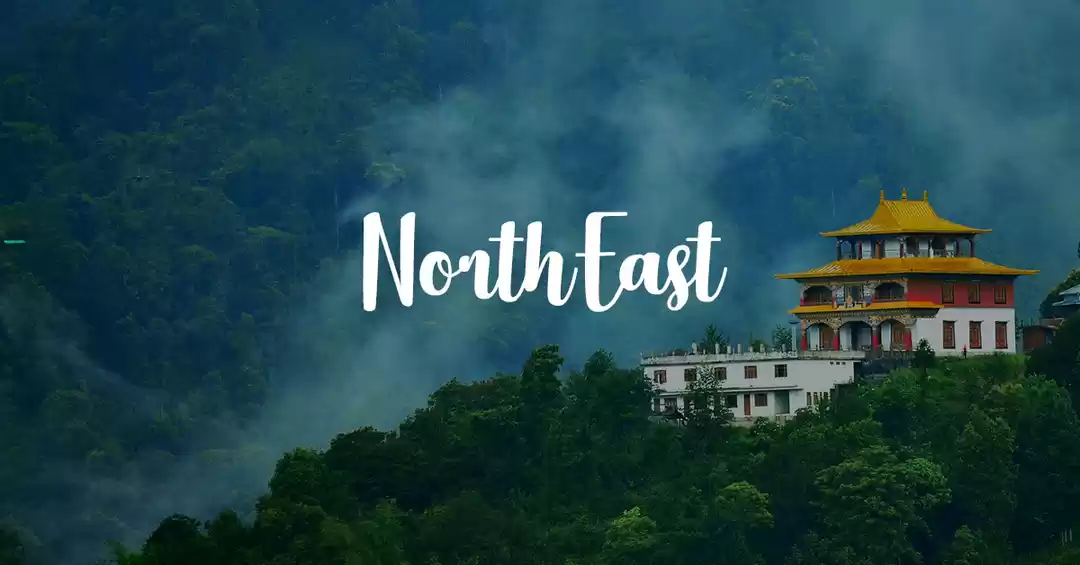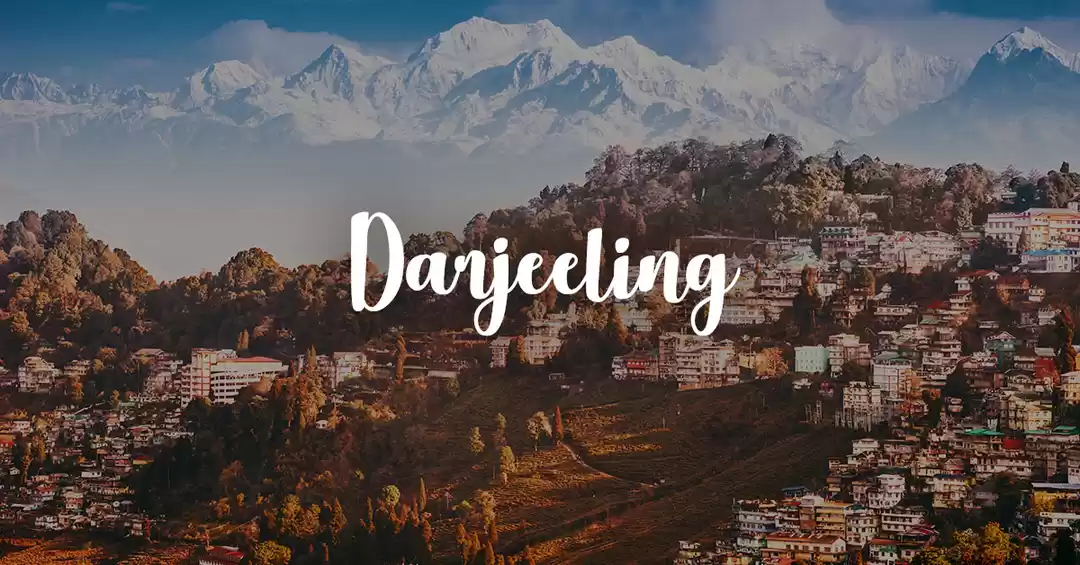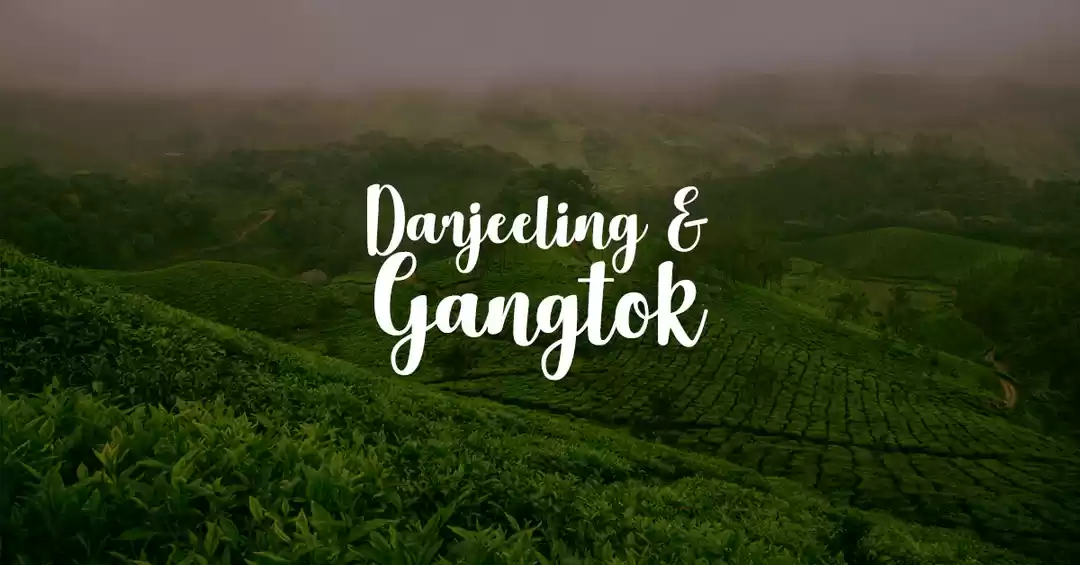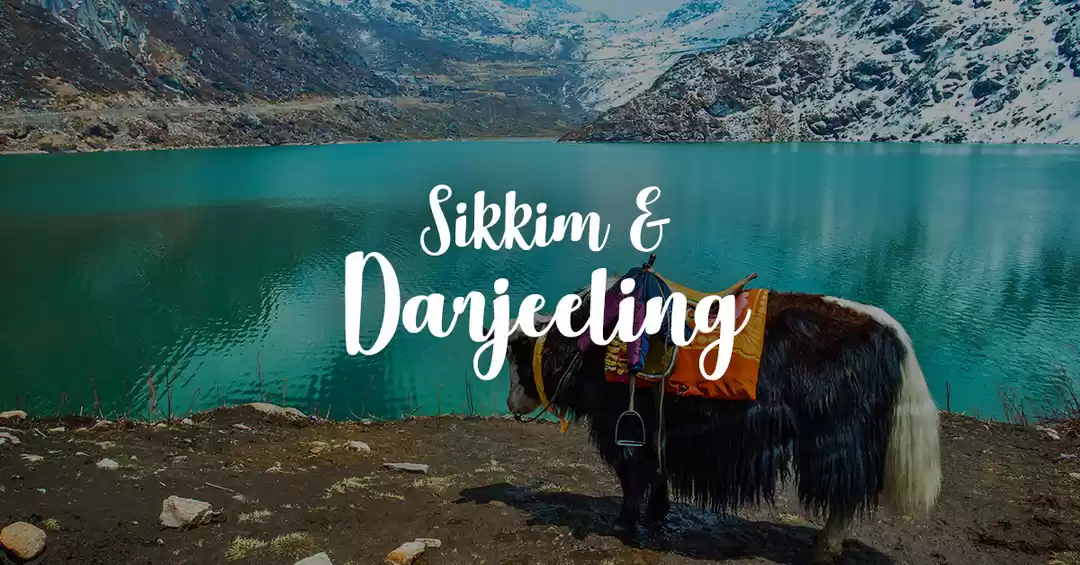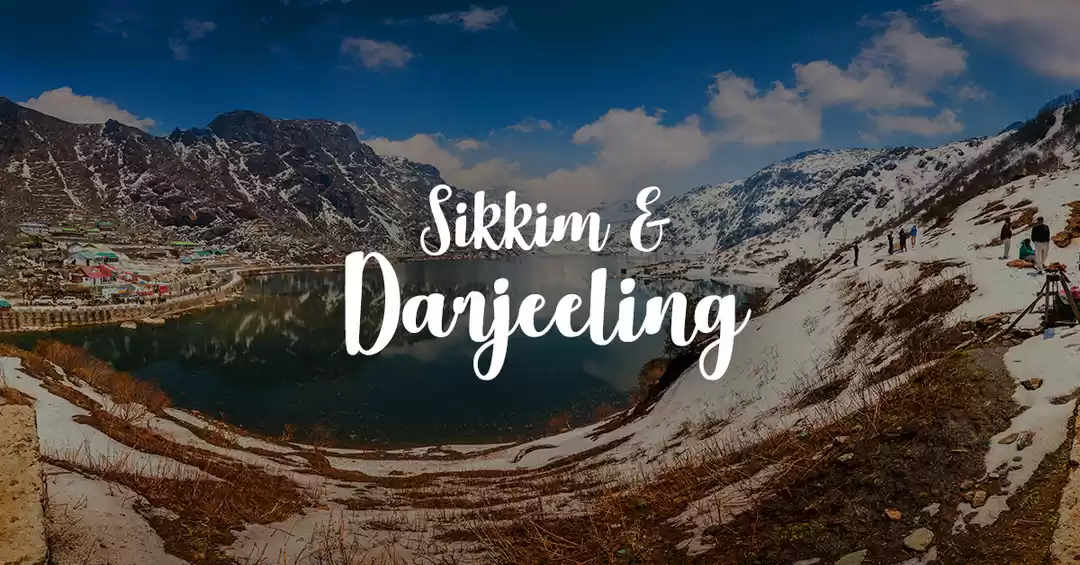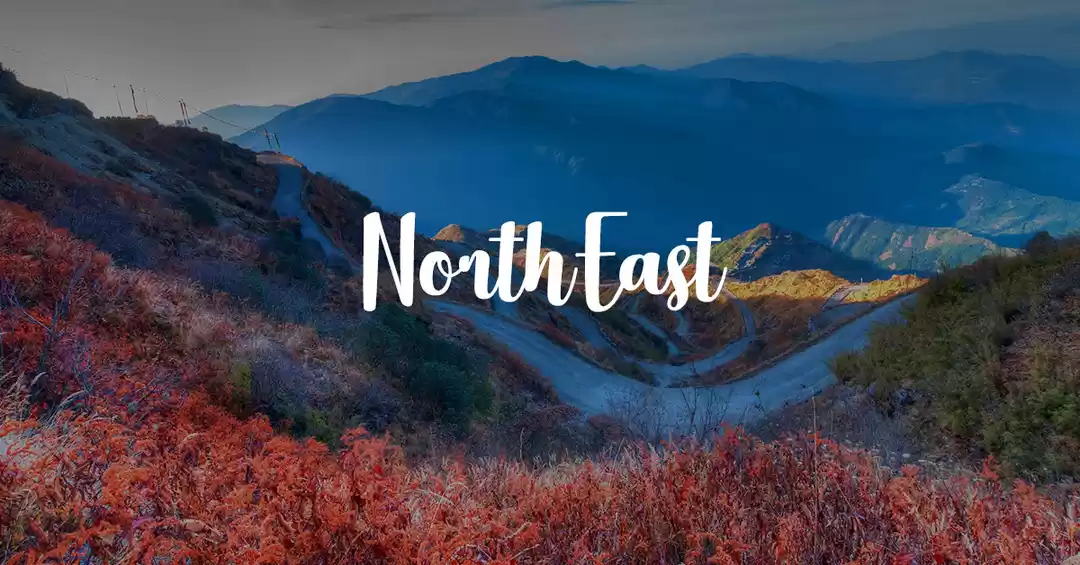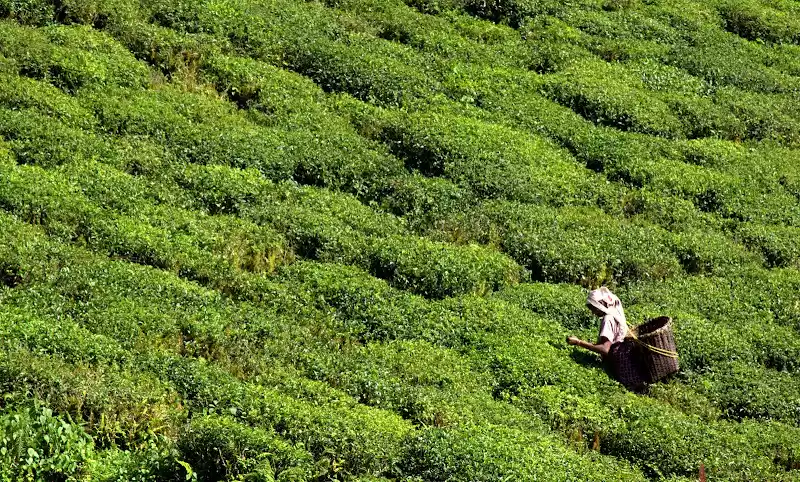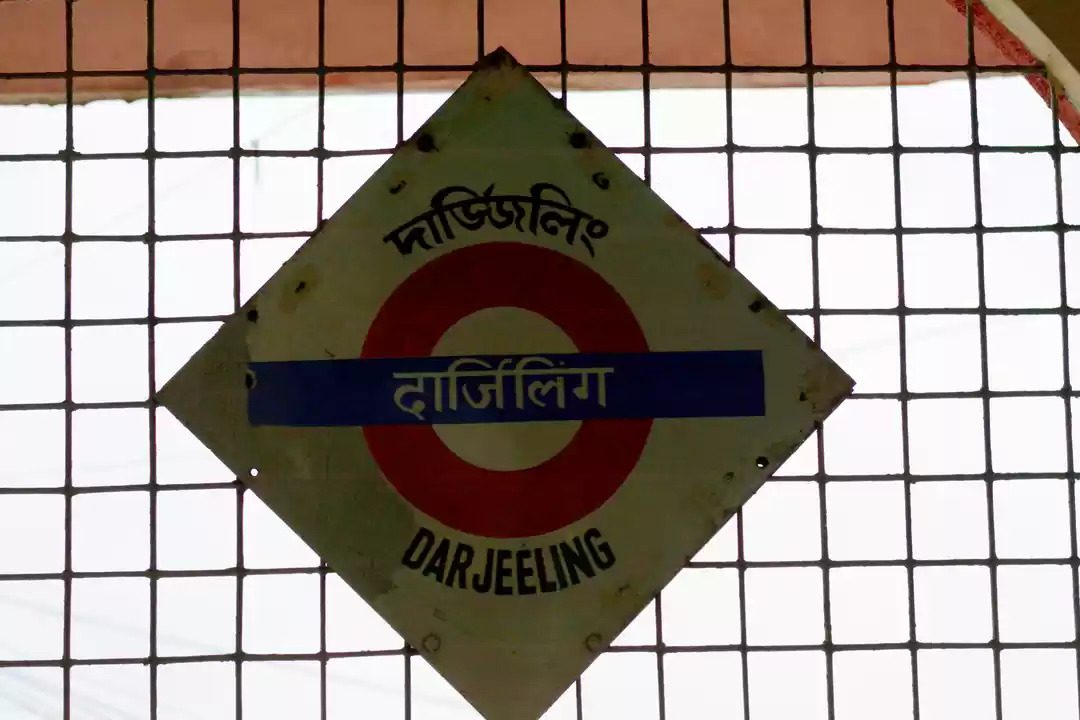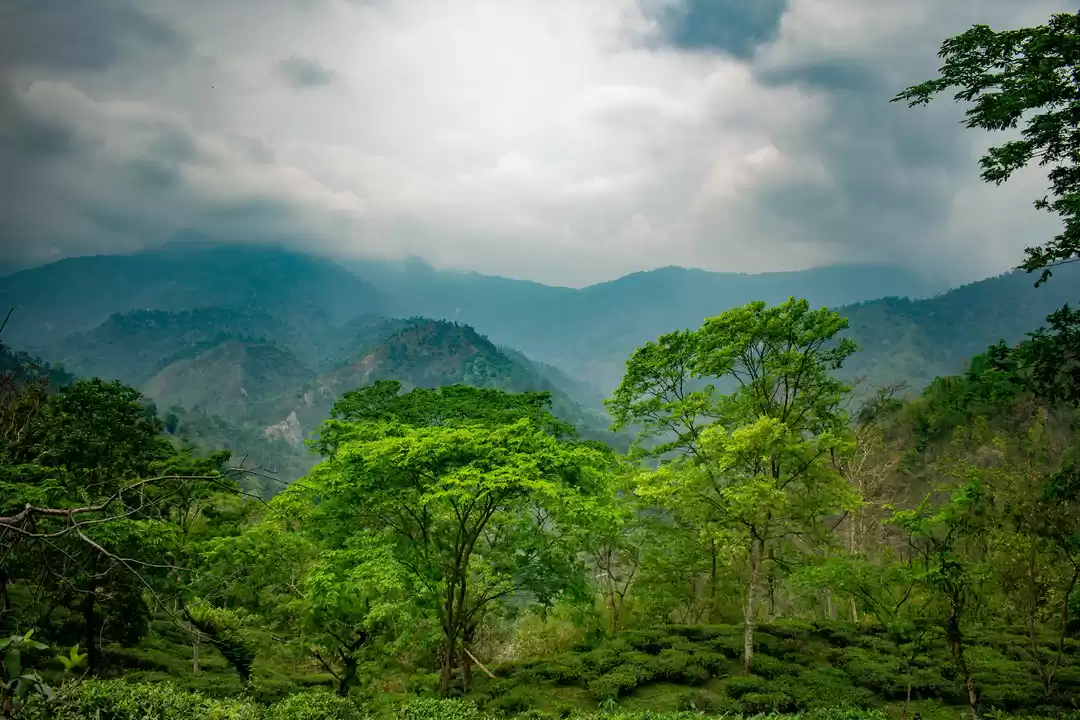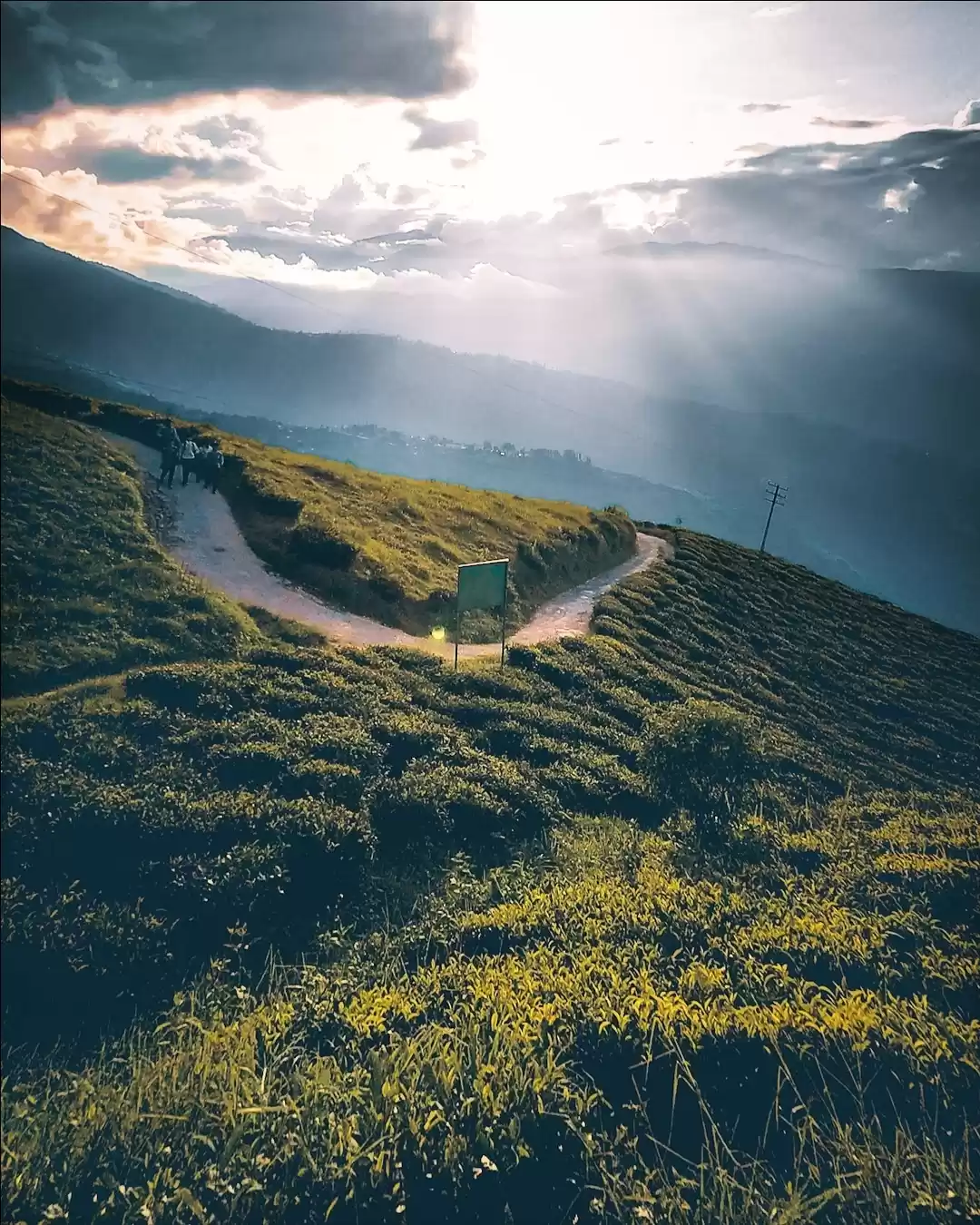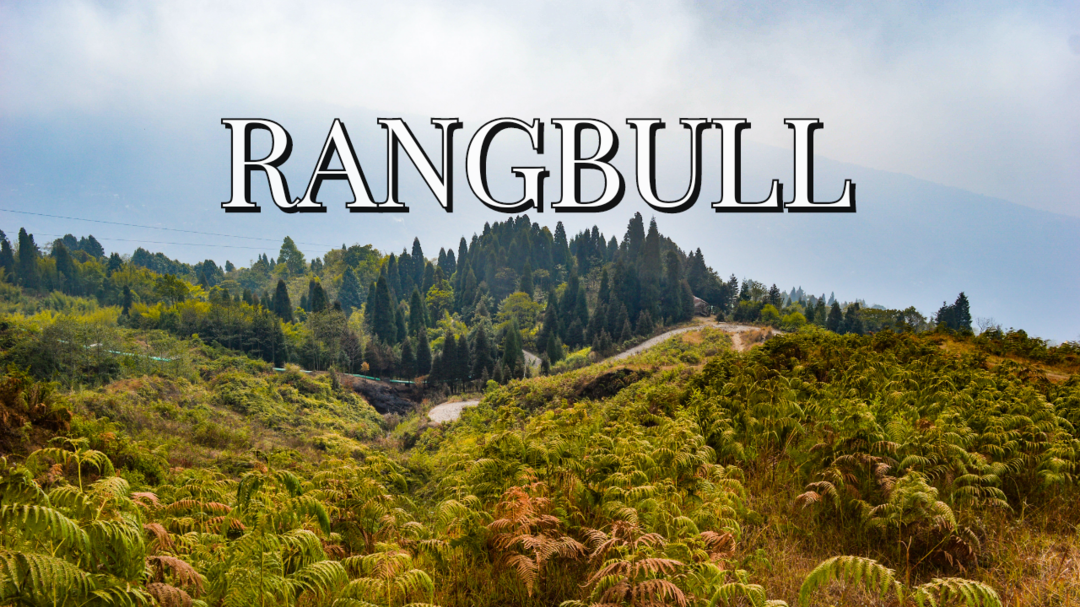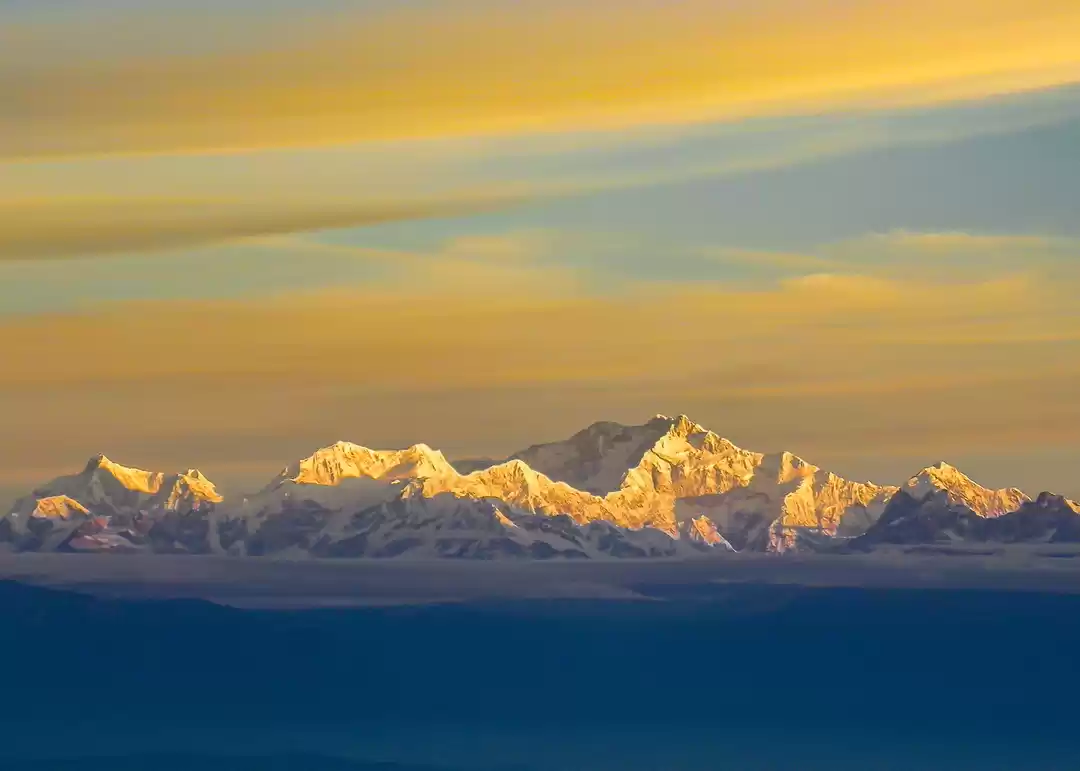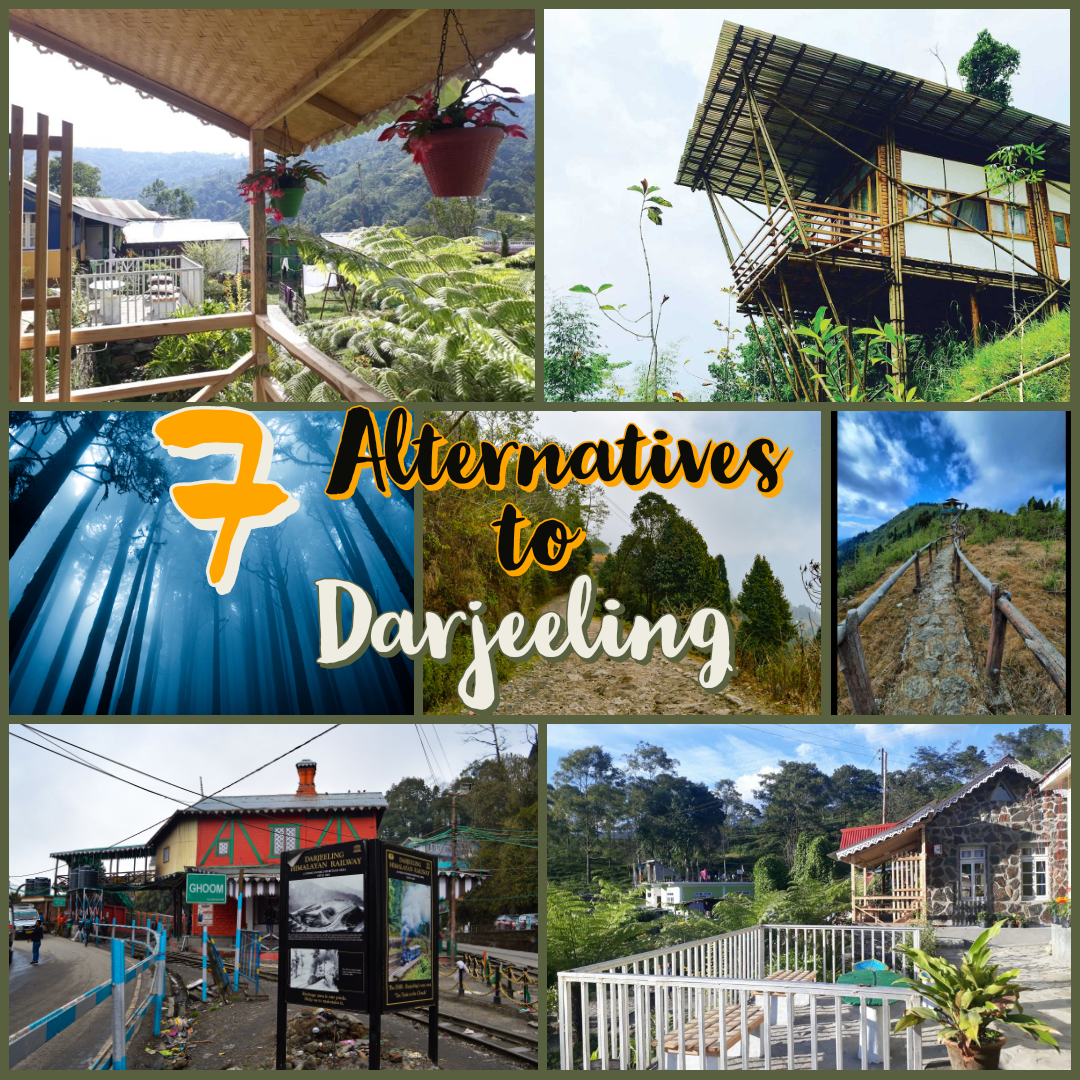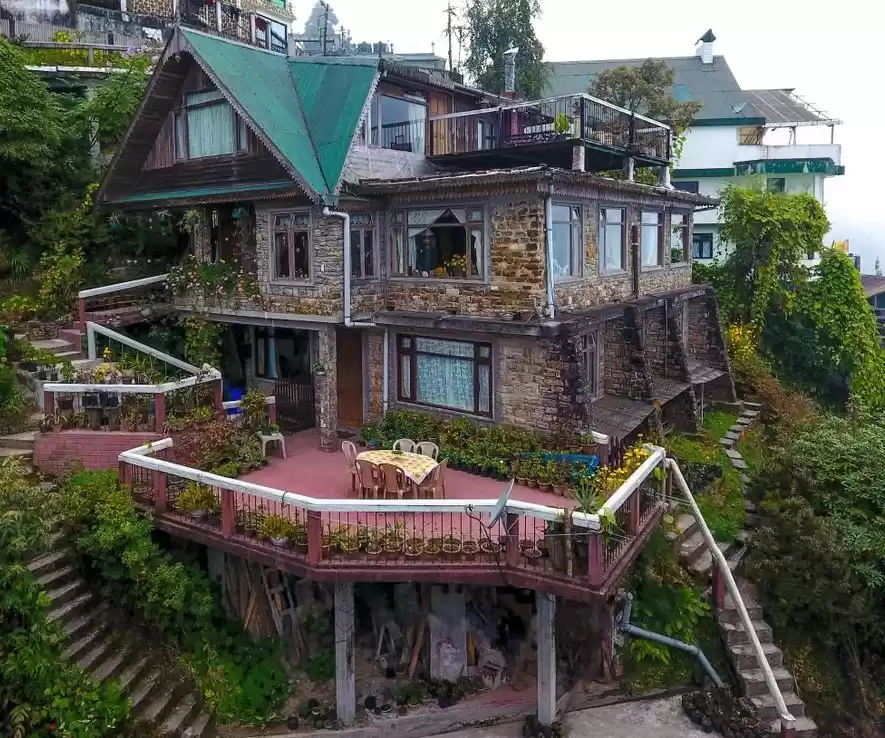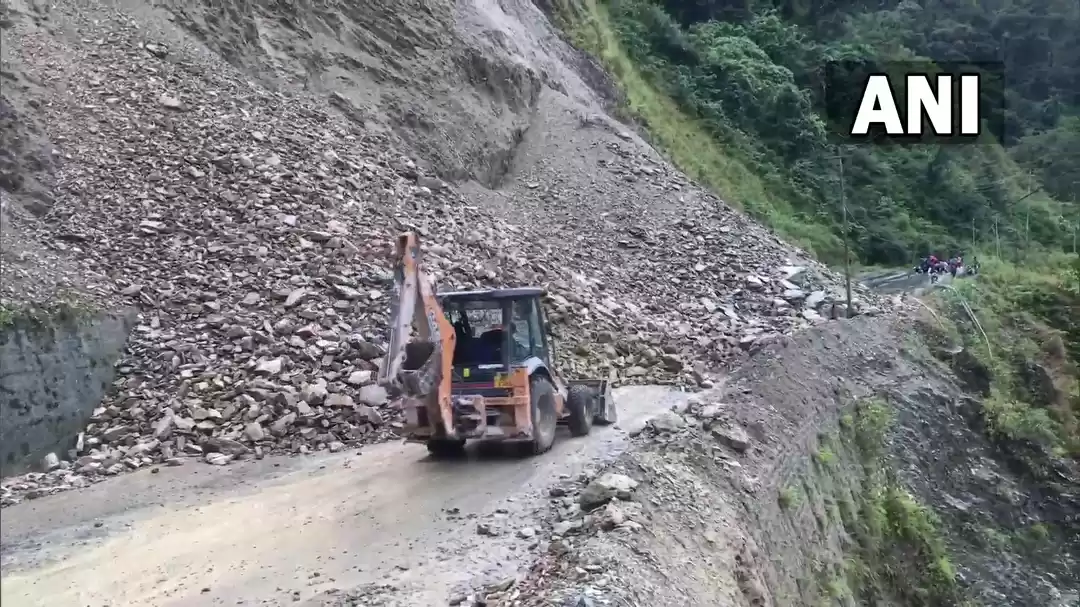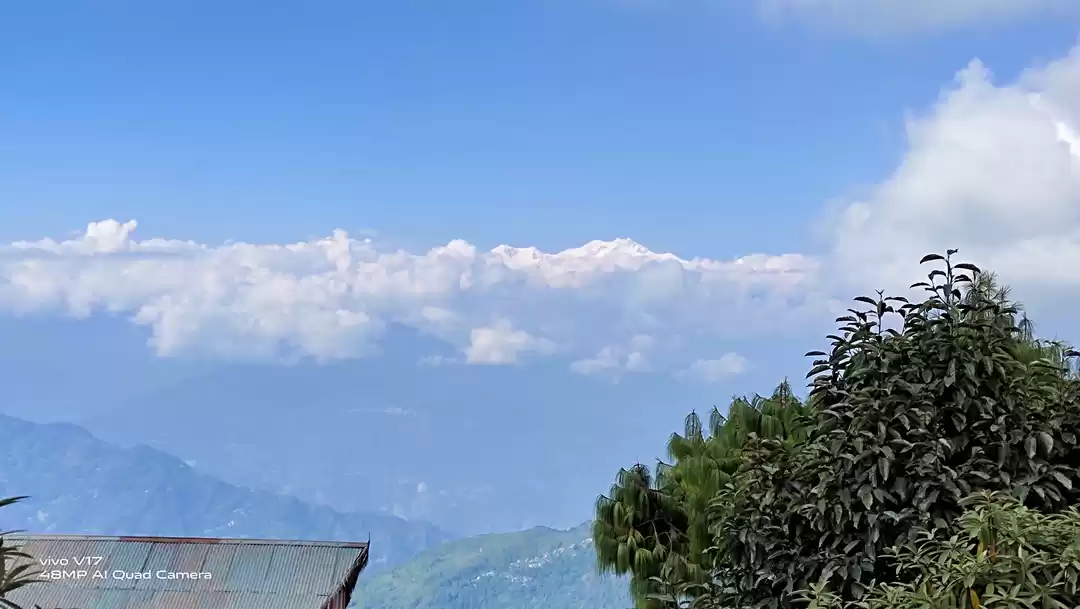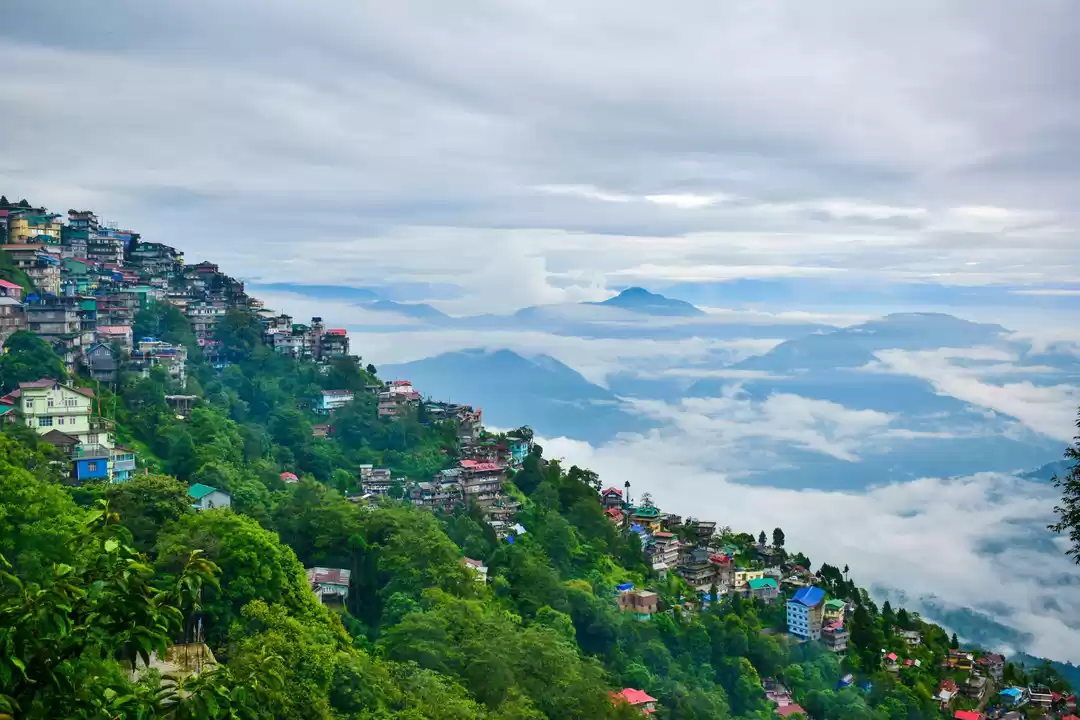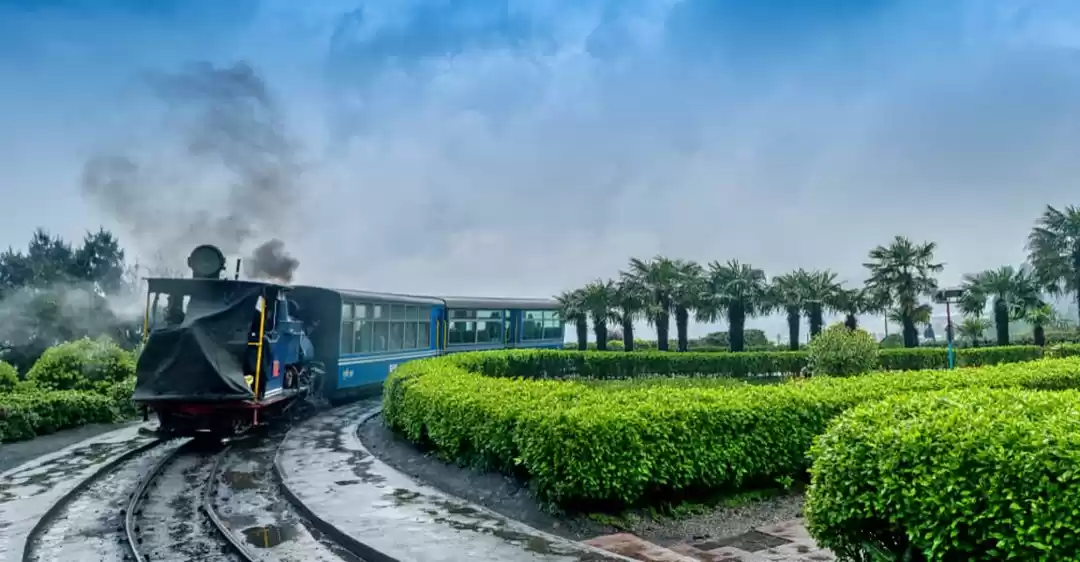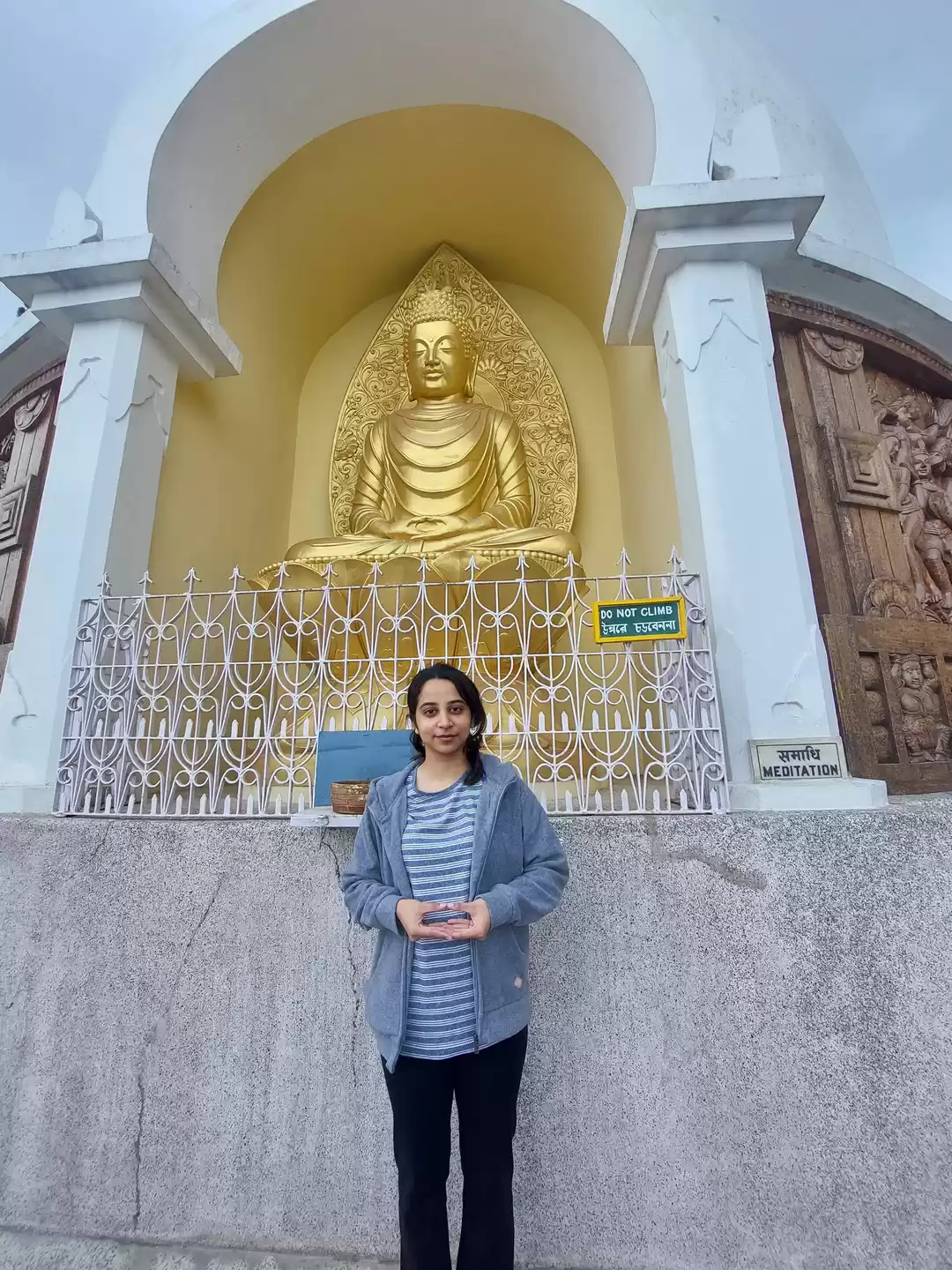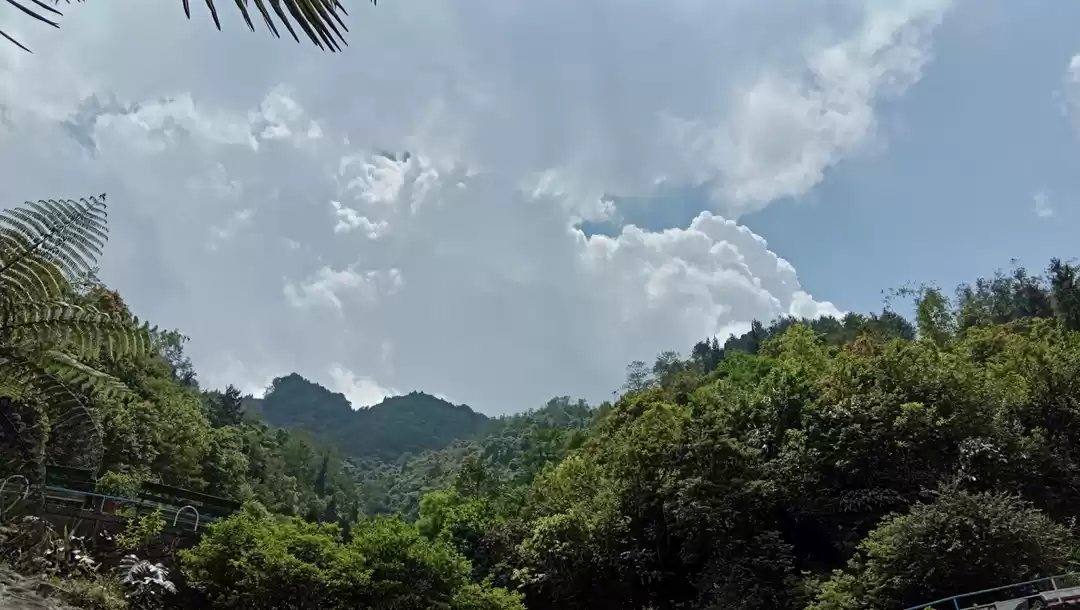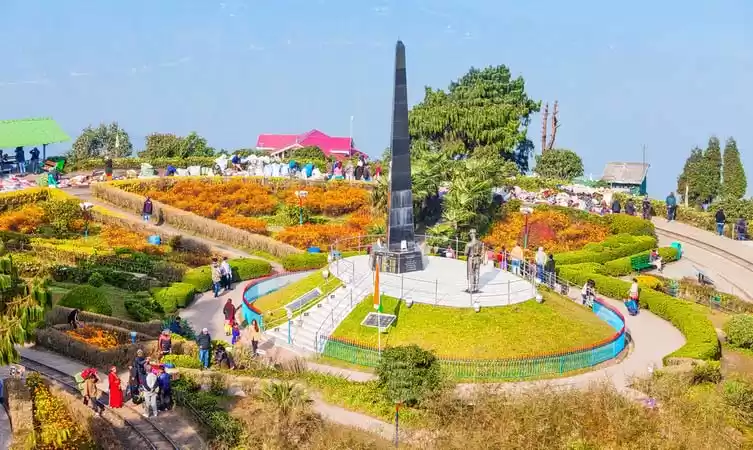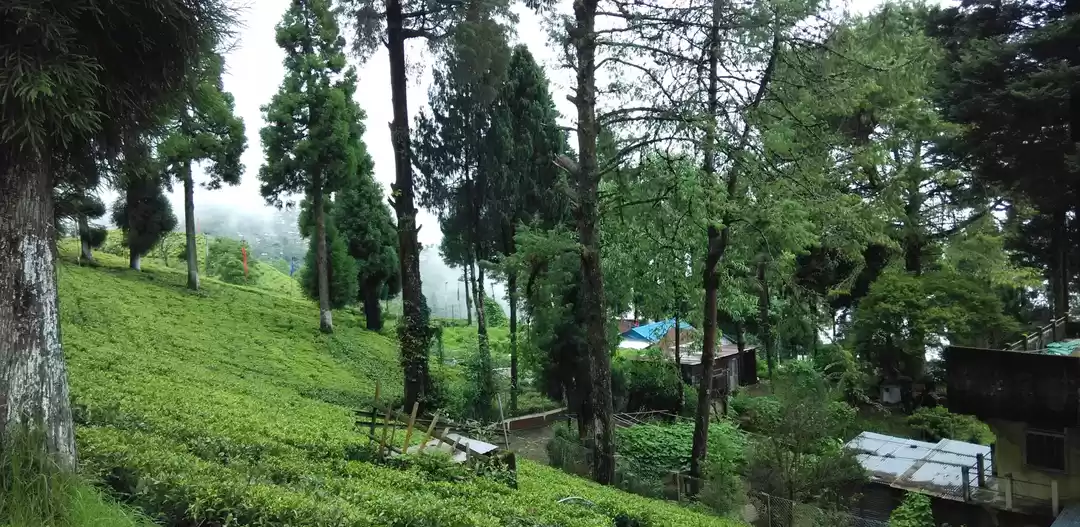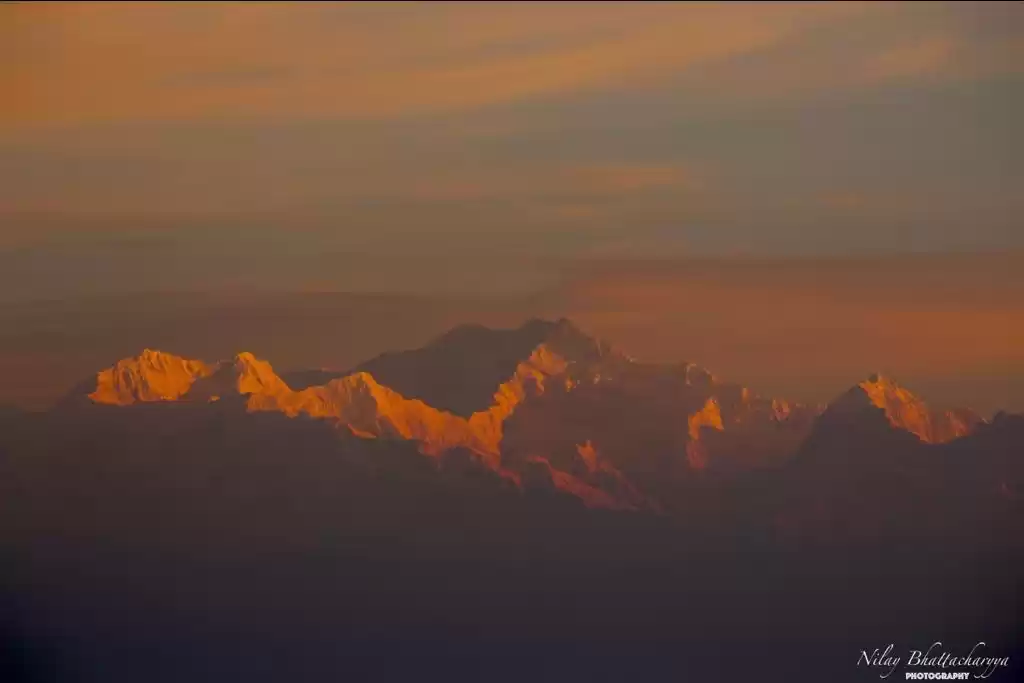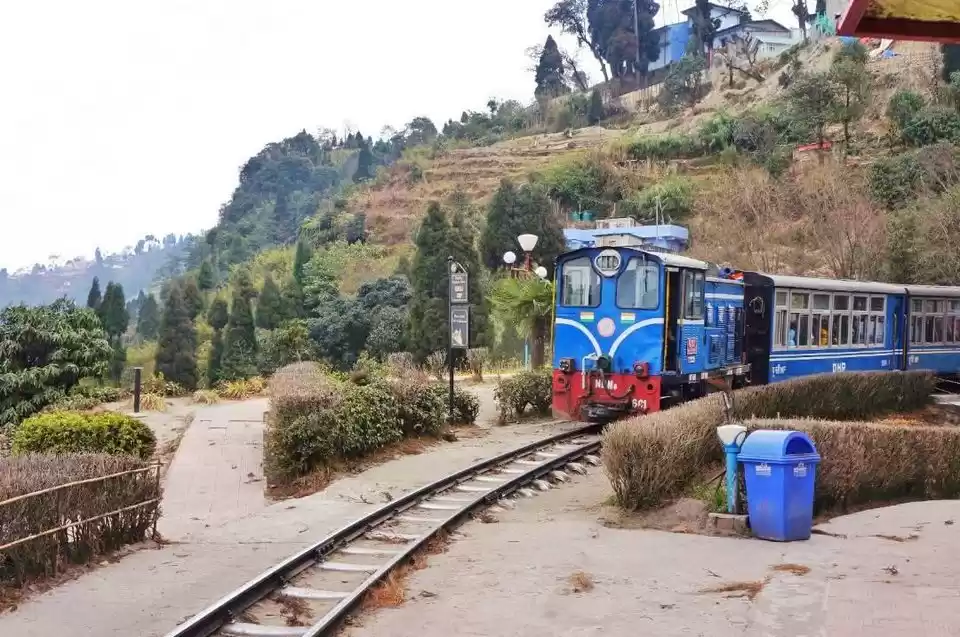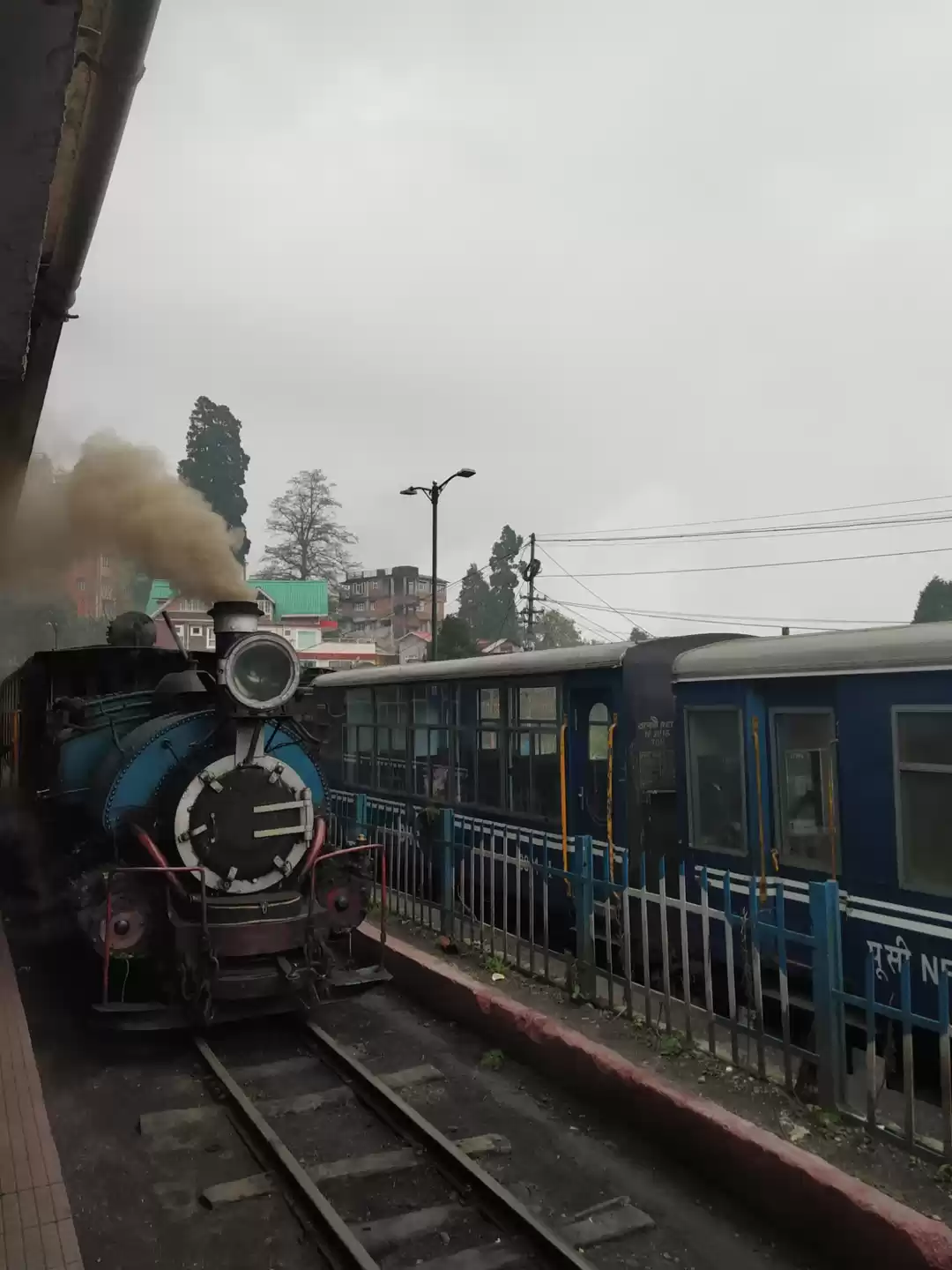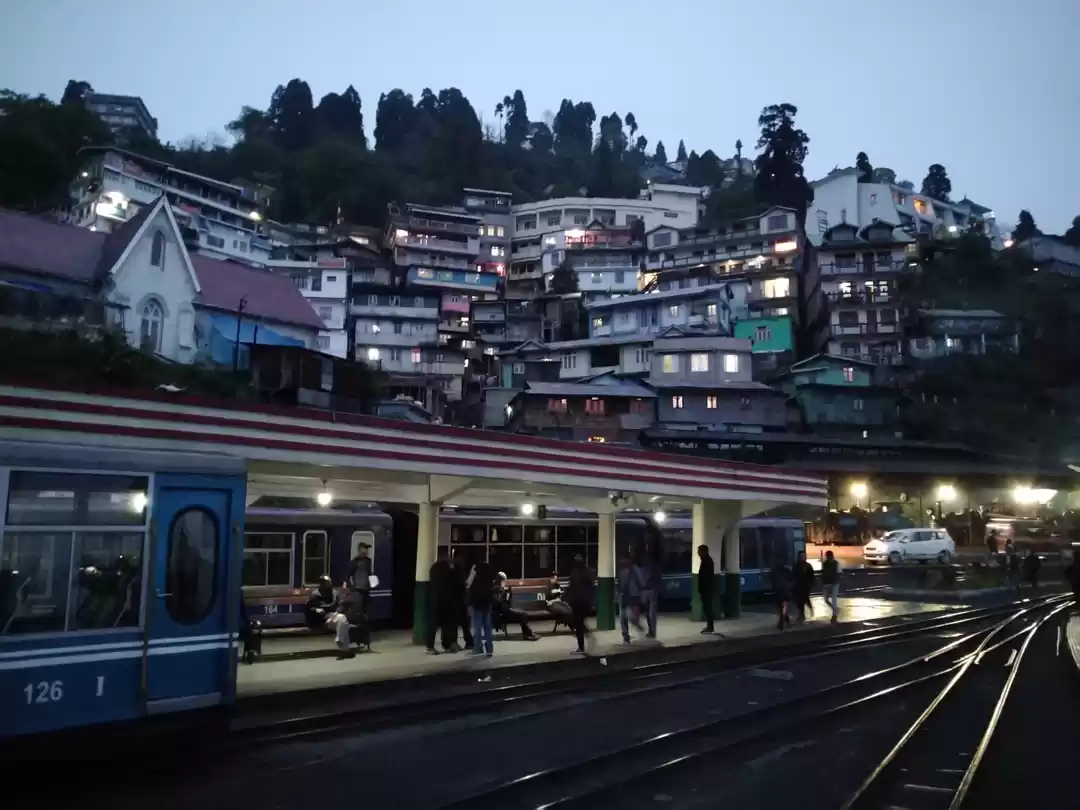
Every June, heavy clouds brimming with rain arrive at the foothills of northern West Bengal, a massive standing army of lightning and thunder. Almost as if in cue, the tourist population from the region sign off and leave the Himalayan hills not wanting to get drenched in the incessant weather. That is where, if you are brave enough, your greatest chance to truly discover Darjeeling lies.
The Usual Hotspots With An Extra Dose

Witnessing the monsoon in Darjeeling is almost like watching one of Nature's best orchestras. The wind sweeps in with the higher notes, the rain serenading on the rooftops creates a soothing rhythm and the scampering footsteps and car honks of the locals going about their business add some much needed bass and funk.
No where is the performance more elaborate than at Darjeeling's Chowrasta Ground. The usual cacophony of the crowds is subdued, but the verve of the place lives on. Even in the harshest showers, you'll find people sitting at the benches there, grasping their umbrellas with one hand and juggling some hot momos with their free one. Chowrasta, which means four roads, has the main Mall Road to the right of the stage and here is Darjeeling's best kept secret.
A walk down Mall Road, through the short tented shops will lead you to Observatory Point, where on a pristine (or lucky monsoon) day Mount Kanchenjunga, the third highest peak in the world, waves at you from its lofty abode.

Mahakal Mandir is a short detour on the route here. The temple complex is among the few in the region that boasts of a Buddhist monk conducting prayers at a place of primarily Hindu worshipers.
If you continue walking to the left of the stage on Chowrasta, a small roads meanders down. This is the Tibetan Bazaar. Woolen shawls, fermented pickles and memorabilia stalls hug this small street as vendors call on to you with enticing shopping prospects.

A climb back to the main square or Chauk area and you can keep walking all the way to St. Andrew's. The Anglican church has a rich, elaborate 150-year-old history and is among Darjeeling's ever-lasting landmarks.

The place has been ravaged by an earthquake, fires and the torrential rains, but it has withstood all these tests, instilling more faith in the residents every time. The green lawns and the golden hour rays of the sun make for a magical evening outside the church complex.
On the other hand, Bhanu Bhawan draws parallels to some old Soviet-era complex. The building is undergoing repairs and is closed for operations in the meantime.

A Date With The Cutest Red Pandas At The Zoo
The monsoons make for a fascinating time to visit a few more of Darjeeling's iconic places, including the Himalayan zoo. The animals can be found sprawled on the lawns, enjoying the scanty sunshine whenever possible.

The red pandas and Samrat, the Royal Bengal tiger, are among the place's star attractions. A visit to the Himalayan Mountaineering Institute and the Natural History Museum are a must as well - all located inside the zoo compounds.
If you are up for a hike, then the Peace Pagoda and Japanese Buddhist Temple make for an interesting one. Nestled a few hundred feet above Darjeeling and virtually away from the crowds, the temple complex is a quiet escape from the town's bustle.

Tall, green pine and deodar trees line the road to the Pagoda and the monotonous calls of mountain birds cheer you on despite your weariness. Birdspotters, like me, will love these area with a lot of our Himalayan feather friends branched atop those trees.
The Lal Kothi bungalow offers a quick pit-stop for tired legs on the way to the Padoga. The colonial-style house homes a few of Darjeeling's administrative offices and its picturesque structure and lawns make for Instagram-worthy uploads.
Hidden Gems:
Here's one place that a lot of tourists overlook. The Himalayan Tibet Museum in Darjeeling is among the best kept displays of Tibetan heritage and cultures in the country. From ancient scriptures to the most recent history of the region and the Dalai Lama, the museum offers a radiant exposure of Tibetan culture like few other places.

A Villa Straight Out Of Your Dreams
Roy Villa is a large colonial building near North Point in Darjeeling. The building largely remained unknown for a large of the British Raj, until Sister Nivedita started living here in 1903 until her death in 1911.

The Irish woman, a follower of Swami Vivekananda, opened up the house to visitors and educationists. The villa, now under the Ramakrishna Mission, is perched on a cliff and a tiny uphill road leads to the main entrance. The halls of the villa give you a chance to walk on the same steps as Pandit Nehru or Rabindranath Tagore from a century ago. You can't afford to miss it.
Insider Tip:
Another great reason to visit Darjeeling during the monsoons is the heavy discounts. Taxis that often charge INR 1,500 for a seven-point tour around the town, bring it down to INR 1,000 or lower. The points covered include the zoo, Himalayan Institute, Natural History Museum, tea garden, Peace Pagoda and ropeway.
Stay:
Though Darjeeling offers a lot of discounted options during the rainy season, you should consider opting to stay at one of the boutique bungalows that have been converted into small hotels. Villa Everest is among one of them.

The hotel offers just 10 rooms and hence, the quality of service is really high. The rooms are lined with pine and oak and its halls are fitted with chandeliers and vintage paintings of Darjeeling. They offer monsoon discounts as well.
Eat:
Darjeeling is notoriously famous for its eateries. Plush cafes and bakeries line the Mall Road up to Chowrasta, and none are more famous than Keventer's.

The cafe, which played a famous cameo in the movie 'Barfi', is known for its glorious view of the Kanchenjunga and its hearty (and easy on the pocket) breakfast platters.
The savoury pies and cheesecakes here are a stuff of legends. Grab a table by the window and witness some of the most mesmerising monsoon sunsets imaginable.
If you are craving local food and a warm spot to take shelter during the rains, Kunga is the place to be.

Its momos and authentic Tibetan soups are a stuff of legend in Darjeeling. The tiny home kitchen is run by a close-knit family and is packed during peak seasons, so much so that you have to wait over an hour to get a seat. During monsoons, however, you have the advantage of a thin crowd and short service time.
Best time to visit:
Surprisingly, even the monsoon season in Darjeeling has a window. Ideally, the second and third weeks of July are ideal. The amount of tourist is the fewest as the school holidays are over by then. July also offers good sunshine days and is not as rain heavy, unlike June or August.
How To Reach:
Siliguri forms the gateway to Darjeeling and all modes of travel passes through this West Bengal city.
By Air:
Darjeeling is serviced by Bagdogra airport near Siliguri and is well connected to Delhi, Kolkata, Guwahati, Mumbai and Paro by all major airlines. Bagdogra is 70 kilometers from Darjeeling and has regular taxis and shared cabs plying all days of the week.
Pro tip: There is a West Bengal Taxi Service booth at the airport where you can get a prepaid cab. In July, the fare to Darjeeling was INR 1,860 for the entire vehicle. The taxi will drop you off at Darjeeling Railway Station. The driver will agree to drop you off at your hotel for an extra charge, generally between INR 200 to INR 300.
By Road:
Buses and shared taxis ply from the Tenzing Norgay bus stand in Siliguri. You can also hire a taxi from here, although the drivers quote their own prices here.
Pro tip: In case you need to travel by car or a shared cab, look for a WB-73 registered vehicle. These are the Darjeeling registered cars and sometimes offer a discount, since they anyway have to go back home from Siliguri.
By Train:
The nearest railway station is Siliguri with its two major stops - New Jalpaiguri Platform (NJP) junction and Silguri station. There are narrow gauge trains, or toy trains, to Darjeeling via the Darjeeling Himalayan Railway, but landslides and other natural blockages lead to a suspension of trains during the rainy season. There is a government registered taxi booth at NJP as well as a bus counter.
Extend Your Stay:

Darjeeling can easily be covered in two days, and that leaves you plenty of time to explore nearby areas like Mirik, Pashupati (the Nepal border town and market) and even Gangtok, which is just fours hours away.
Frequent Searches Leading To This Page:-
monsoon in darjeeling, monsoon arrival in west bengal, best monsoon destination in west bengal, best places to visit in monsoon in west bengal, monsoon getaways in west bengal









